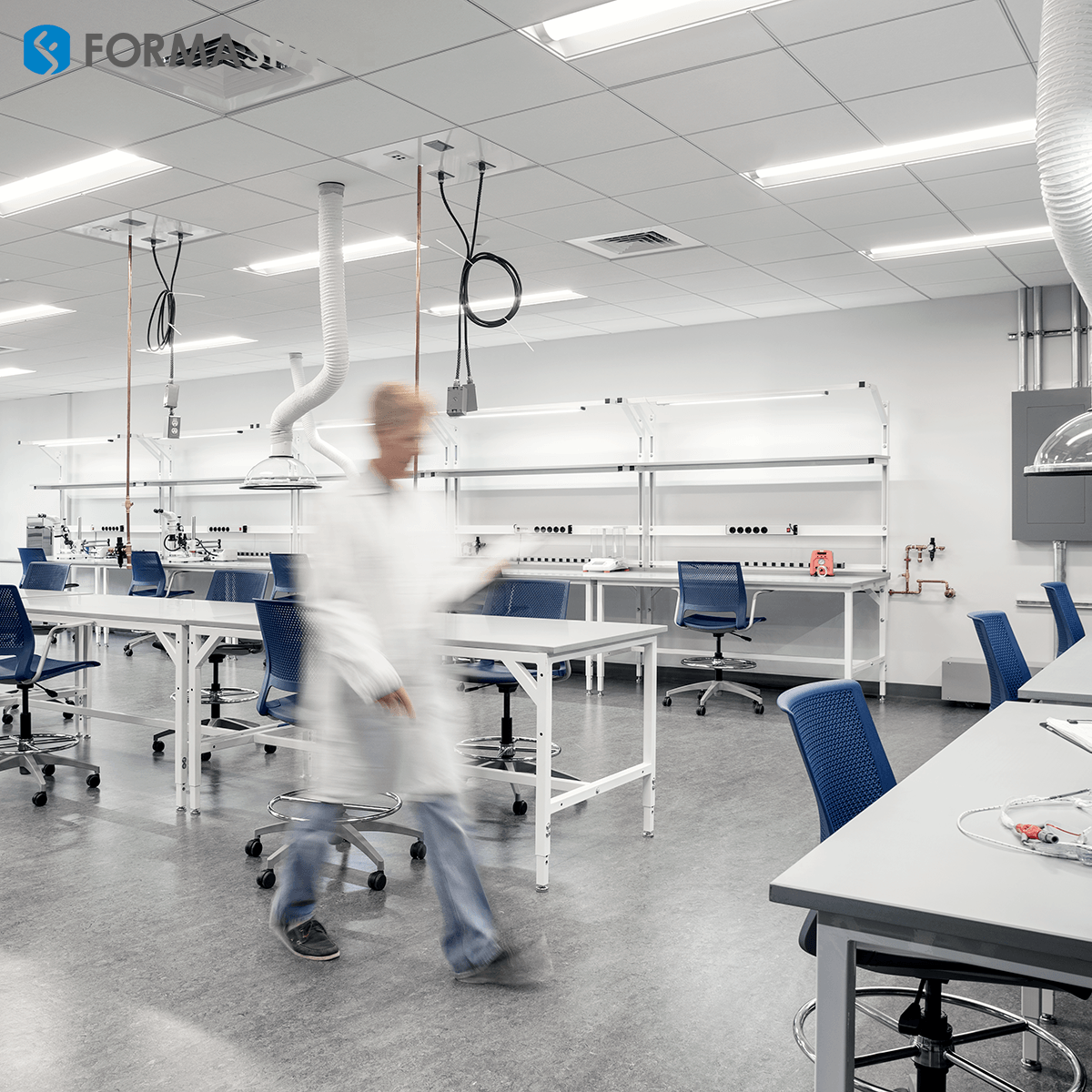Are you Considering ISO 17025 Laboratory Accreditation?
If you offer lab testing or calibration services, the short answer is probably yes, you should get ISO 17025 accreditation.
Why? It’s quite simple. If you don’t have ISO 17025, your potential customers are likely to take their business to a competing laboratory that does. Clients are more likely to choose ISO 17025 accredited laboratories because they have been independently examined to ensure they are technically proficient and able to produce precise and accurate test and calibration data.
The one exception to the rule is an in-house laboratory (e.g. one that does not interact with external customers) but, even then, you may be missing out. The ISO 17025 is a powerful framework for successfully managing lab operations — one you should consider implementing even if it’s not technically required.
Testing and Calibration Laboratory Categories that Benefit from ISO 17025 Accreditation
| Acoustics and Vibration Testing Laboratories |
| Biological Testing Laboratories, including Cannabis, Food and Pharmaceutical, and Veterinary Testing Laboratories. |
| Calibration Testing Laboratories |
| Chemical Testing Laboratories, including Cannabis, Competition Animal Drug Testing, Consumer Product Safety Testing (CPSC), Food and Pharmaceutical, Oil and Oil Products, Veterinary Laboratory, and World Anti-Doping Agency (WADA) Testing Laboratories. |
| Construction Materials Testing (CMT) Laboratories |
| Electrical Testing Laboratories, including Automotive EMC, Bluetooth, Consumer Product Safety Testing (CPSC), CTIA certification of LTE/CMA devices, EPA ENERGY STAR Program, NAVAIR, Notified Bodies (in EU), Project 25 (P25) Compliance Assessment Program (for land radios), and FCC Equipment Authorization Program. |
| Environmental Testing Laboratories, including A2LA TNI Field Sampling and Measurement Organization (FSMO) Accreditation Program, Air Emission Testing Bodies (AETBs) Assessment Program, DoD Advanced Geophysical Classification Accreditation Program (DAGCAP), DoD Environmental Laboratory Accreditation, EPA National Lead Laboratory Accreditation Program (NLLAP), and other state-mandated programs. |
| Forensic Testing Laboratories |
| Geotechnical Testing Laboratories |
| Information Technology Testing Laboratories, including Gaming Standards Association, and Internet Protocol Version 6 (IPv6) |
| Mechanical Testing Laboratories, including Consumer Product Safety Testing (CPSC), EPA ENERGY STAR Program, and GE Aviation S400 Program |
| Nondestructive Testing Laboratories |
| Sustainable Energy Testing Laboratories, including the EPA ENERGY STAR Program |
| Thermal Testing Laboratories, including Consumer Product Safety Testing (CPSC), and the EPA ENERGY STAR Program |
What if Your Lab is Already Accredited? Is it Time to Move Up to ISO 17025:2017?
What if your lab is already ISO 17025 accredited, or if it’s been previously certified as ISO 9001 compliant?
The answer is it depends. Let’s answer these questions one at a time.
The first thing to know is that the ISO 17025 standard was upgraded in 2017 (to what’s known as ISO 17025:2017).
Laboratories that were accredited to the earlier standard (e.g. ISO 17025:2005) have been given three years to “upgrade.” If this applies to you, the clock is running out — you have until 2020 to get re-accredited.
Second, if your lab has also been certified to the most recent 2015 edition of ISO 9001 (known as ISO 9001:2015), this could come in handy during the ISO 17025:2017 accreditation process (both for first-time candidates and those upgrading their accreditation).
How so? If you’ve already successfully certified your lab as ISO 9001:2015 compliant, you can now use that same work to satisfy ISO 17025:2017’s Section 8 covering Management Requirements. Of course, you’ll still have to demonstrate the details to the accrediting body (AB) responsible for determining if you pass muster or not.
There are a couple other important changes in the 2017 version of ISO 17025 to note. Earlier versions of the standard were written before the widespread adoption of computerized record-keeping (including LIMS and electronic lab notebooks) so references to paper documents, reports, etc. have been removed. There are also some key philosophical changes. The standards authors have placed a much greater emphasis on identifying and mitigating risk in lab operations. Similarly, laboratories are also now called upon to define the levels of uncertainty in their work product.
First Steps Toward ISO 17025:2017 Accreditation: Setting Appropriate Goals
The whole ISO 17025 accrediting process can be a bit overwhelming for the uninitiated. Take a deep breath. Then start by thinking about the “end goal” and work backward from there to create an action plan.
But what is the end goal? To be blunt (and unsentimental), the answer is the Scope Document, more formally known as the Scope of Accreditation.
This critical document tells the world which specific, accredited lab testing or calibration services you offer (with specific examples), the methods you use to calibrate or test, and the measurement uncertainty customers can expect.
This is what you will use to “market” your laboratory to potential clients and to differentiate yourself from the competition.
Now work backward. What are all the things you need to make that a reality? (See the next section for specific ISO 17025:2017 requirements.)
Finally, some frank advice: Don’t jump to hiring a consultant to step you through the process just yet. First, educate yourself (and key staff) on what’s needed. There are many freely available tutorials (on YouTube, for example) that will help orient you to the requirements and process involved in ISO 17025:2107 accreditation. Be comfortable in your own knowledge before hiring a consultant (if you feel you need one) and certainly before engaging (e.g. paying) an accreditation body to start the evaluation of your lab.
The ISO 17025:2017 Accreditation Process
| Identify Scope |
| Improve Processes |
| Prepare for Examination |
| Select an Accreditation Body (AB) |
| AB Performs Document Review |
| AB Performs Accreditation Assessment |
| AB Identifies any Cited Deficiencies |
| Resolve any AB Requests for Corrective Action |
| AB Performs Follow-Up Examination |
| AB Issues Accreditation Decision |
| Post-Accreditation Surveillance and Reassessment |
Tips for Making the ISO 17025:2017 Audit Process Go Smoothly
Once you’ve decided you’re ready for the assessment process, you’ll want it to go smoothly and quickly. Remember: time is money, usually, assessors are paid by the day, including travel expenses — so it’s to your advantage to speed up the process. Hopefully, you can also avoid receiving any deficiency citations that will require a follow-up visit to check on corrective actions.
Next, it’s important to think about the process from the auditor’s point of view.
First impressions are critical. As the saying goes, you don’t get a second chance to make a first impression.
Be organized. Think about what the auditor(s) will want to review before they come to visit your lab — and be prepared with copies of documents to hand over at the start of the process. For example, why not create a USB stick* with all your documents in place and give it to the auditor for review at the start of your meeting?
*ISO 17025:2017 no longer requires paper documents. If you do provide printed documents, hand over copies; be sure to retain your originals.
Now let’s take a look at some tips for each of the eight ISO 17025:2017 requirements:
-
Scope
TIP: The auditor will use the Scope document to determine which key competencies he or she needs to focus on during the assessment of your laboratory,
-
Normative References
TIP: Be sure to have current editions of the relevant policy documents and regulations available for inspection. Otherwise, you may receive a deficiency that will have to be corrected later.
-
Terms and Definitions
TIP: The ISO Organization maintains an online repository of current terms and definitions (Check out the Quick Start Guide here).
-
General Requirements
TIP: This requirement relates to the overall organization of your laboratory. The updated version of ISO 17025 adds 2017 adds new standards for impartiality and confidentiality so be prepared to provide documentation for this.
-
Structural Requirements
TIP: Here, auditors will be looking at the organizational structure of the lab, including the specific roles and responsibilities of management and of individuals. Be aware that relying on external resources (e.g. outside contractors, etc.) for certain testing and measurement tasks may make those tasks ineligible for accreditation.
-
Resource Requirements
TIP: Auditors will be evaluating your laboratory facilities and environmental conditions (including an environmental conditions log).
TIP: Be prepared to show your auditor copies of personnel qualifications lists, personnel training records, accreditations held by subcontractors, as well as an official approved suppliers list.
TIP: In the 2017 edition of ISO 17025 requires metrological traceability, so be prepared to provide equipment calibration data reports (ideally documenting multiple calibration cycles) to your assessor.

-
Process Requirements
TIP: This is the core set of requirements documenting how your lab testing and calibration activities are based on accepted science, using adequate, up-to-date and technically validated methods — so be prepared to demonstrate this with test/calibration methods and procedure documentation. The 2017 edition of ISO 17025 now requires a report that evaluates measurement uncertainty, so have your uncertainty budget documents ready for the auditor as well.
TIP: You’ll also need to document processes for how to handle situations when things go wrong by establishing procedures for non-conforming work, customer complaints, and feedback. Be ready to show your assessor a copy of your complaint log, feedback surveys, list of non-conforming work, and root cause analysis investigations undertaken to perform corrective actions.
TIP: Your assessor may also want to review your proposed test and/or calibration report templates, to verify that you will be using the copyrighted logos of the assessor body and the ISO organization correctly, and that you are not making claims that go beyond the scope of your accredited services.

-
Management System Requirements
TIP: As touched on earlier, the authors of ISO 17025:2017 recognized there is a great potential for overlap with the quality management systems requirements set forth in ISO 9001:2015 — so if you have been previously certified in ISO 9001:2015 you use the work performed earlier to satisfy ISO 17025:2017 by using “Option B”. However, be prepared to defend this past work to your assessor, who may ask step through your documentation as part of the accreditation process.
Get Your Laboratory in Shape with Formaspace Lab Furniture
Hopefully your ISO 17025:2017 accreditation process will be as smooth and painless as possible — but if you do receive some deficiency citations, don’t worry – just take careful stock of what your assessor is asking for and make the necessary changes in time for the follow-up visit.
Are you ready to take your laboratory to the next level?
Then you need to speak with Formaspace.
We build top-quality, American-made laboratory furniture here at our factory headquarters in Austin, Texas.
Remember, you don’t have a second chance to make a first impression.

As a GSA Schedule Supplier, Formaspace has helped our laboratory clients build laboratories across the full spectrum of government, military, and commercial operations, including well-known companies, such as Roche, Schlumberger, and Antech Diagnostics.
We’re ready to help you next.
Whether you are designing a new lab or renovating an existing one, our Formaspace Design Consultants have years of experience helping lab managers and architects to create state-of-the-art laboratory facilities.
Take advantage of our expertise. Contact your Formaspace Design Consultant today.

















